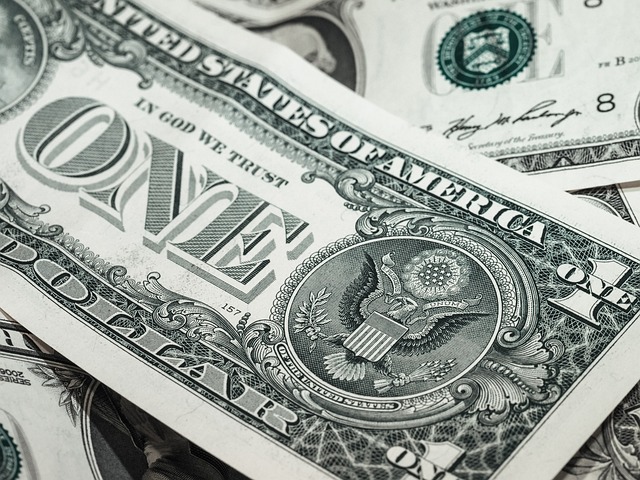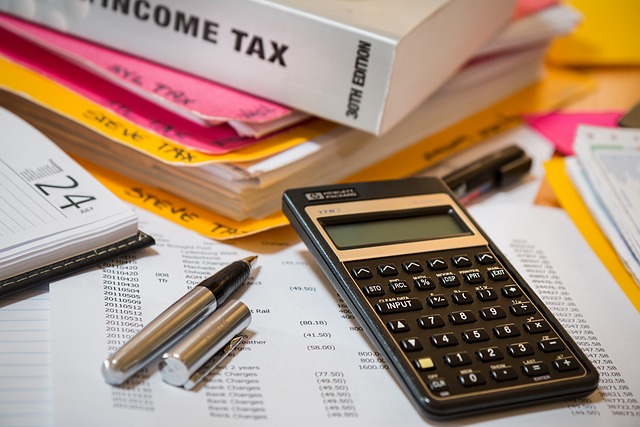British Pound: Currency Stability and Exchange Rates

The British Pound Sterling (GBP), often referred to simply as the Pound, is one of the oldest and most widely traded currencies in the world. As the official currency of the United Kingdom, it plays a crucial role in global finance and trade. The stability of the Pound and its exchange rates are influenced by a variety of factors, including economic performance, political events, and global market dynamics. This article delves into the history of the British Pound, its stability, and the factors affecting its exchange rates, providing a comprehensive understanding of this vital currency.
1. Historical Overview of the British Pound
The British Pound has a rich history dating back over 1,200 years. It was first introduced in the 8th century during the reign of King Offa of Mercia. Over the centuries, the Pound has evolved from a system of silver pennies to the modern decimalized currency we know today. Key milestones in its history include:
- The Gold Standard (1717-1931): The Pound was pegged to gold, ensuring its stability and making it a global reserve currency.
- Bretton Woods System (1944-1971): After World War II, the Pound was fixed to the US Dollar, which was in turn pegged to gold.
- Floating Exchange Rate (1971-Present): The Pound transitioned to a floating exchange rate system, where its value is determined by market forces.
2. Currency Stability of the British Pound
Currency stability refers to the ability of a currency to maintain its value over time. The British Pound has historically been considered a stable currency, but it has faced periods of volatility due to various factors.
a. Economic Indicators
Economic performance is a key determinant of currency stability. Indicators such as GDP growth, inflation, unemployment, and trade balances influence the Pound’s value. For example:
- High Inflation: Erodes purchasing power and can lead to a depreciation of the Pound.
- Strong GDP Growth: Boosts investor confidence and can strengthen the Pound.
b. Political Stability
Political events and stability play a significant role in currency stability. The Pound has experienced fluctuations due to events such as:
- Brexit (2016): The UK’s decision to leave the European Union caused significant volatility in the Pound’s value.
- General Elections: Changes in government or political uncertainty can impact investor confidence and currency stability.
c. Central Bank Policies
The Bank of England (BoE) plays a crucial role in maintaining the stability of the Pound through monetary policy. Key tools include:
- Interest Rates: Higher interest rates can attract foreign investment, strengthening the Pound.
- Quantitative Easing (QE): Increasing the money supply can weaken the Pound if not managed carefully.
3. Exchange Rates of the British Pound
Exchange rates determine the value of the Pound relative to other currencies. They are influenced by a combination of economic, political, and market factors.
a. Major Currency Pairs
The Pound is commonly traded against several major currencies, including:
- GBP/USD (Pound vs. US Dollar): One of the most traded currency pairs in the world.
- GBP/EUR (Pound vs. Euro): Reflects the economic relationship between the UK and the Eurozone.
- GBP/JPY (Pound vs. Japanese Yen): Often used as a measure of risk appetite in financial markets.
b. Factors Influencing Exchange Rates
Several factors influence the exchange rates of the Pound:
- Interest Rate Differentials: Higher interest rates in the UK compared to other countries can attract foreign capital, strengthening the Pound.
- Economic Data Releases: Reports on GDP, employment, and inflation can cause immediate fluctuations in exchange rates.
- Market Sentiment: Investor confidence and risk appetite play a significant role in currency movements.
- Geopolitical Events: Events such as Brexit, trade negotiations, and global conflicts can impact the Pound’s value.
c. Impact of Brexit on Exchange Rates
Brexit has had a profound impact on the Pound’s exchange rates. Key developments include:
- Immediate Depreciation (2016): The Pound fell sharply against major currencies following the Brexit referendum.
- Ongoing Volatility: Uncertainty surrounding trade deals and economic relations with the EU has led to continued fluctuations.
4. The Role of the Bank of England
The Bank of England (BoE) is the central bank of the UK and plays a pivotal role in maintaining the stability of the Pound. Its primary objectives include:
- Price Stability: Maintaining low and stable inflation, typically targeting a 2% inflation rate.
- Financial Stability: Ensuring the stability of the financial system and preventing systemic risks.
a. Monetary Policy Tools
The BoE uses several tools to achieve its objectives:
- Interest Rates: The BoE sets the base interest rate, influencing borrowing costs and economic activity.
- Quantitative Easing (QE): The BoE purchases government bonds to increase the money supply and stimulate the economy.
- Forward Guidance: The BoE provides guidance on future policy actions to influence market expectations.
b. Foreign Exchange Interventions
In extreme circumstances, the BoE may intervene in the foreign exchange market to stabilize the Pound. This involves buying or selling the currency to influence its value.
5. Impact of Exchange Rates on the UK Economy
Exchange rates have a significant impact on the UK economy, affecting various sectors and stakeholders.
a. Trade Balance
A weaker Pound makes UK exports cheaper and more competitive internationally, potentially improving the trade balance. Conversely, a stronger Pound makes imports cheaper but can hurt exporters.
b. Inflation
Exchange rates influence inflation through the cost of imported goods. A weaker Pound can lead to higher import prices, contributing to inflation.
c. Investment
Exchange rates affect foreign investment. A stable and strong Pound can attract foreign investors, while a volatile or weak Pound may deter investment.
d. Consumer Spending
Exchange rates impact consumer purchasing power, particularly for imported goods and overseas travel. A stronger Pound increases purchasing power, while a weaker Pound reduces it.
6. Future Outlook for the British Pound
The future stability and exchange rates of the British Pound will depend on several factors, including:
- Post-Brexit Trade Relations: Ongoing negotiations and agreements with the EU and other trading partners will influence the Pound’s value.
- Economic Recovery: The UK’s ability to recover from economic challenges, such as the COVID-19 pandemic, will impact investor confidence.
- Global Economic Trends: Developments in major economies, such as the US and China, will affect the Pound’s exchange rates.



